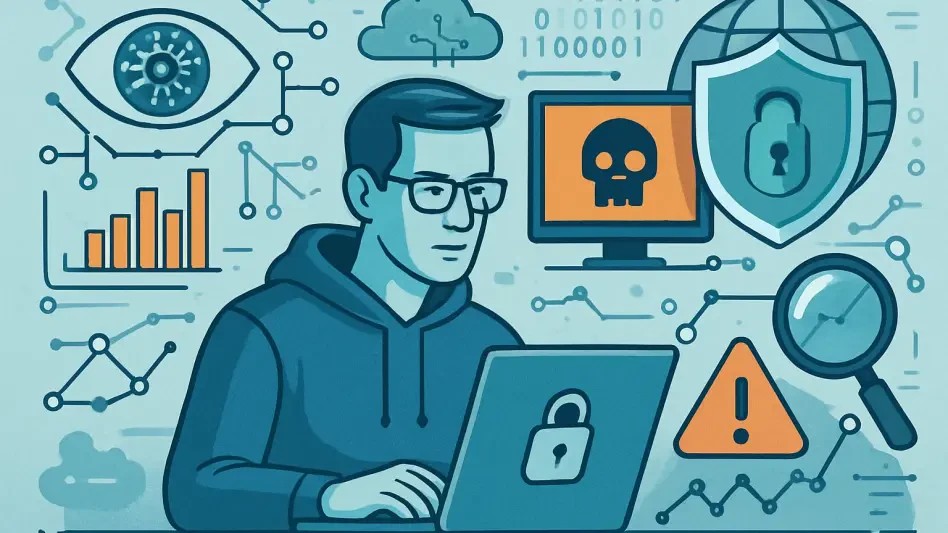The digital age brings remarkable convenience and connectivity but also alarming security challenges, especially for older generations in the United States. Recent studies have underscored a noticeable increase in cybercriminal activities aimed at stealing login credentials, indicating these activities are more prevalent than ever. A survey conducted in collaboration between Google and Morning Consult reveals that over 60% of American consumers report an increase in scam attempts over the past year. This survey also found that one-third of participants have faced data breaches. Cybercriminals are refining their methods, using social engineering tactics like text messages and phishing emails to deceive individuals into surrendering sensitive information by impersonating legitimate services.
Increasing Threats and Techniques
Surge in Social Engineering Tactics
The rise in cybersecurity threats is both alarming and multifaceted, with social engineering methods being particularly effective in targeting unsuspecting individuals. These tactics often play on human psychology, exploiting trust and urgency to access confidential data. Text messages posing as legitimate alerts and phishing emails with links mimicking real organizations have become commonplace. Users are urged to take immediate action due to fabricated emergencies, creating a sense of urgency designed to override logic. Cybercriminals target various demographics, using tailored strategies to exploit their vulnerabilities. For older generations, the reliance on traditional communication methods and lack of adaptation to more complex security measures presents a unique challenge, resulting in a significant risk to their personal information.
Demographic Disparities in Cyber Awareness
A striking aspect of this landscape is the varied response across different age groups. While 80% of users believe they can identify scams, actual effectiveness in implementing protective measures seems to vary significantly among generations. Older individuals, accustomed to conventional password-based systems, are particularly vulnerable due to persistent reliance on outdated authentication methods. These legacy security approaches, though once considered standard, now represent significant risk areas due to their susceptibility to advanced cyber threats. The discrepancy in cyber awareness and understanding further exacerbates these vulnerabilities, making older adults a prime target for cybercriminals intent on exploiting less sophisticated security habits.
Economic Implications and Solutions
Financial Impact on Victims
Cybercrime not only affects individual privacy but also leads to staggering financial losses. The Federal Bureau of Investigation (FBI) has reported a sharp increase in monetary damages from online scams, with losses swelling by 33% in the past year alone, amounting to $16.6 billion. This economic impact highlights the severity of the situation, as individuals often face significant financial repercussions from seemingly innocuous activities online. The lack of awareness or preventive measures can lead to dire consequences, impacting a victim’s financial security and peace of mind. As cybercriminals become more sophisticated, the potential for loss grows, urging a need for robust solutions and proactive approaches to safeguard personal and economic well-being.
Strengthening Security Protocols
One of the most notable elements of today’s digital landscape is how differently various age groups respond to cybersecurity challenges. A significant 80% of users are confident in their ability to identify online scams. However, this belief does not necessarily translate into actual effectiveness when it comes to executing protective measures, particularly when comparing different generations. Older adults, who have spent much of their lives using traditional, password-based security systems, are especially at risk. Their ongoing dependence on these outdated authentication methods makes them more vulnerable to modern cyber threats. What were once considered standard security practices are now obsolete and expose users to increased risks due to new and advanced types of cyber attacks. The varying levels of cyber awareness and comprehension further heighten these risks for older adults. This lack of familiarity with contemporary security practices makes them prime targets for cybercriminals, who see an opportunity to exploit their less sophisticated security strategies.








